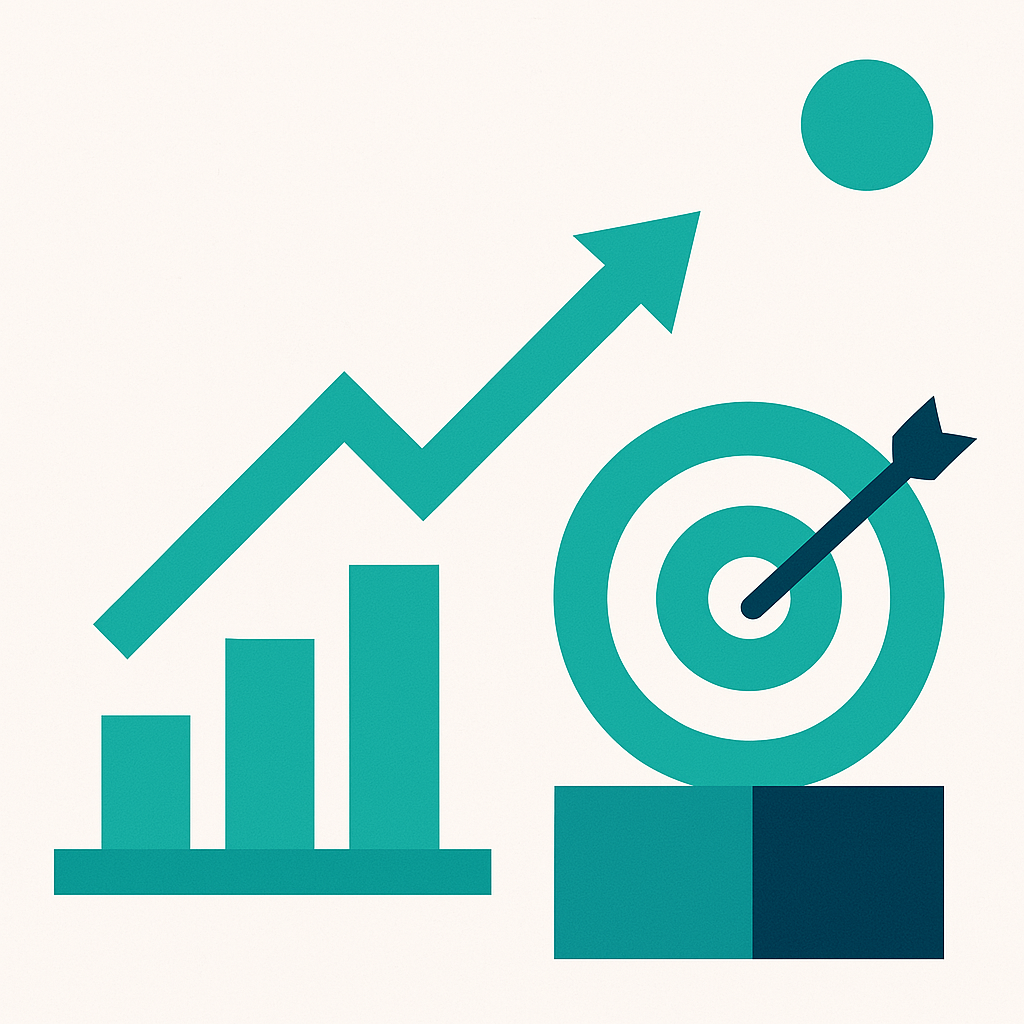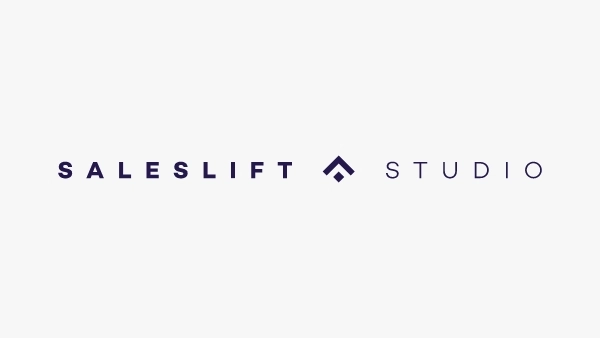As 2024 unfolds, it’s time to rethink strategies and finally adapt to nowadays trends. The theme for the upcoming year regarding sales development is bridging the gaps between traditional sales and modern sales. Let go of the old habits and let’s focus on the recipe that brings results in today’s context.
A modern sales development strategy is based on the right components; when put together, they build a system that will bring results. Let’s dive into these key features you should implement in your company.

Hire the right sales people:
The role of an SDR is too often undervalued as an entry-level position with high expectations that are not achievable with the available resources. Sometimes just out of graduation, SDRs are expected to quickly understand the company, the product, and the proposition. They’re asked to have a rapid understanding of the addressable market, understand the persona, possess various sales skills, and also know how to use the available tools. They also usually are committed to unachievable targets.
Without offering the right support for SDRs to be good at their jobs, these expectations are too high and too fast for entry-level profiles. This description refers to the traditional situation, the one that needs to be revolutionized.
Sales Development has evolved in a direction where the quality of strategy and market approach is becoming increasingly important. We tend to put less focus on automating in large quantities, but rather focus on researching accounts, finding the right profiles, paying attention to intent, building relationships, gathering information, etc., instead of throwing 100 sheep against the wall and hoping one sticks.
We are evolving from traditional outbound prospecting to developing intention-based, systematized growth engines.
The secret to reaching a quality over quantity strategy lies in having the right profiles internally. Developing the strategy requires a certain set of skills; hiring SDRs who can operate at this level will streamline this process.
The gap lies in the combination of the profiles of the sought-after individuals, the guidance they receive, the revision of the strategy, and the expectations of the outcome. With the apparition of AI and no-code, even more in-depth knowledge is required from SDRs. Outreach is becoming easier and more qualitative, focused on content, and highly personalized using AI tools; anyone can use an AI tool, but the right SDRs must master and be able to operate them.
In summary, if your organization lacks the resources to adequately train and support Sales Development Representatives, both the SDRs and the company will likely face disappointing results. Proper investment in their growth is crucial for mutual success.
Implement the right technology:
Adapting to the dynamic landscape of Sales Development necessitates a critical evaluation and update of your tech stack. The market has seen the emergence of innovative tools, particularly those leveraging AI and smart scraping technologies, designed to capture intent data at pivotal moments for your accounts or prospects. This evolution goes beyond merely testing new tools; it demands a strategically tailored approach.
Your tech stack should align with the new principle of Sales Development, focusing on high-quality, personalized outreach. Your outreach should now resonate deeply with your target audience, instead of using the same story for everyone, make sure your story fits each group you’re talking to by using personalization and segmentation.
This also means you should be very selective with your lead lists. It’s not effective to reach out to everyone and hope for the best. Using just LinkedIn for leads isn’t enough anymore. You need to be more focused and choose leads that are more likely to be interested in what you have to say.
You need a rich database, encompassing demographic information, financial criteria, technology usage, Chamber of Commerce data, intent data, and the nuanced insights available through tools like LinkedIn Sales Navigator. Without the right selection criteria or access to these comprehensive data sources, your lead lists may fall short, leading to diminished engagement rates and potentially impacting your brand and domain reputation.

At Lead Studio, we harness the power of over 20 diverse data sources and tools, including Clay, Sales Navigator, Leadinfo, G2, Dun & Bradstreet, Chamber of Commerce, Hunter.io, BuiltWith, LeadIQ, PhantomBuster, Crunchbase, Lemlist, Salesloft, our intent database, OpenAI, Google API, GlockApps, and more. Our expertise lies in not just accessing these sources, but in optimizing their integration for maximum efficacy in your sales development strategy.
Set up the right internal collaboration:
Collaborating across different departments within an organization, particularly between Sales and Marketing, remains a focal point each year. The traditional separation between these departments is becoming less distinct, with overlaps in their roles and KPIs increasingly apparent. This is especially true in sectors like SaaS, where some organizations are transitioning to unified Revenue Operations teams, housing various specialists under one roof.
For effective sales development, it’s crucial to align on a joint go-to-market strategy, ensuring all data is current and leads to appropriate actions. Often, there’s a disconnect between outbound sales activities and ongoing marketing campaigns, causing a misalignment with the broader, long-term strategy.
It’s not uncommon for separate campaigns, like paid lead generation and outbound initiatives, to run concurrently without coordination. Different departments might not have a unified focus, leading to less effective campaigns. Aligning market strategies, content, events, and CTAs can lead to significantly better outcomes.
A key issue lies in the follow-up process. Marketing teams might invest heavily in lead generation campaigns, but the success of these campaigns hinges on the sales team effectively pursuing these leads. An automated email nurture flow is often used for follow-up, but without a personal touch from the sales team, these leads may not convert into appointments, affecting the overall conversion rate.
Moreover, for marketing teams, generating leads is often an end goal, but the real value is unlocked when these leads are nurtured into fruitful business opportunities. Collaborative efforts between sales and marketing are essential in not just generating leads, but in ensuring these leads are effectively converted, thereby enhancing the overall success of the campaigns.
As we step into 2024, these are some key areas in sales development that stand out to me. However, this field is constantly evolving, and I’m sure there are other important points to consider. Let me know if I overlooked another 2024 trend!


